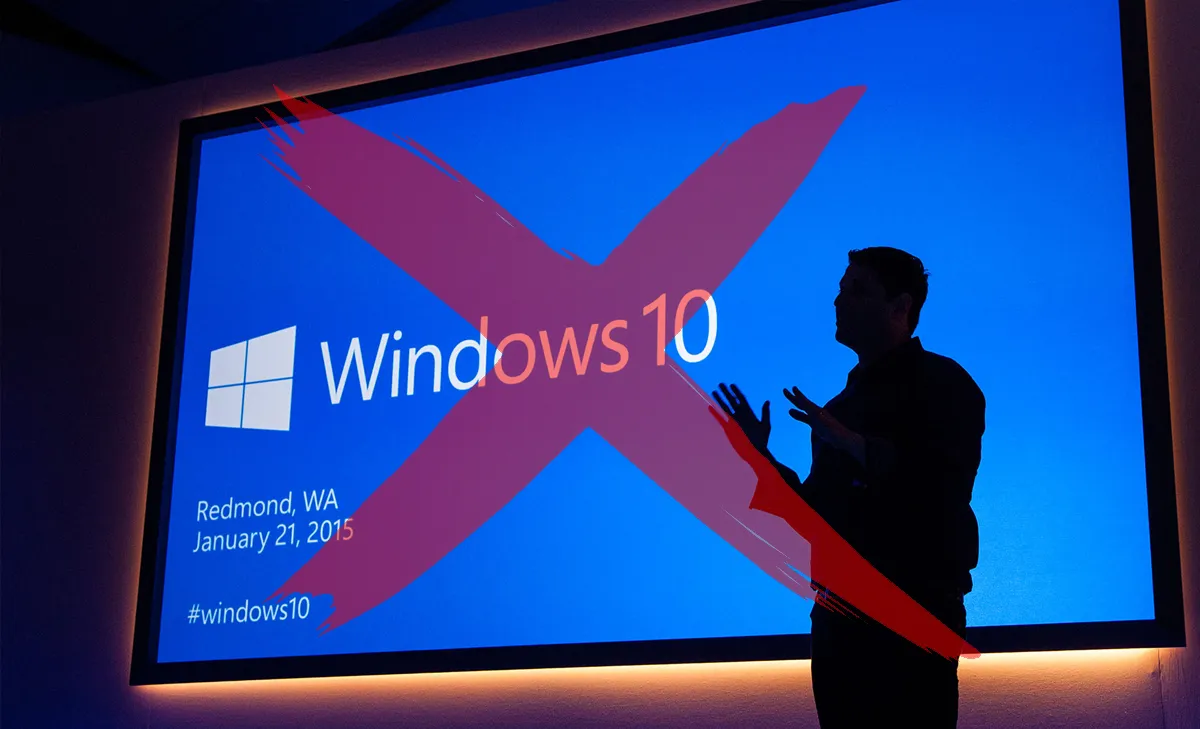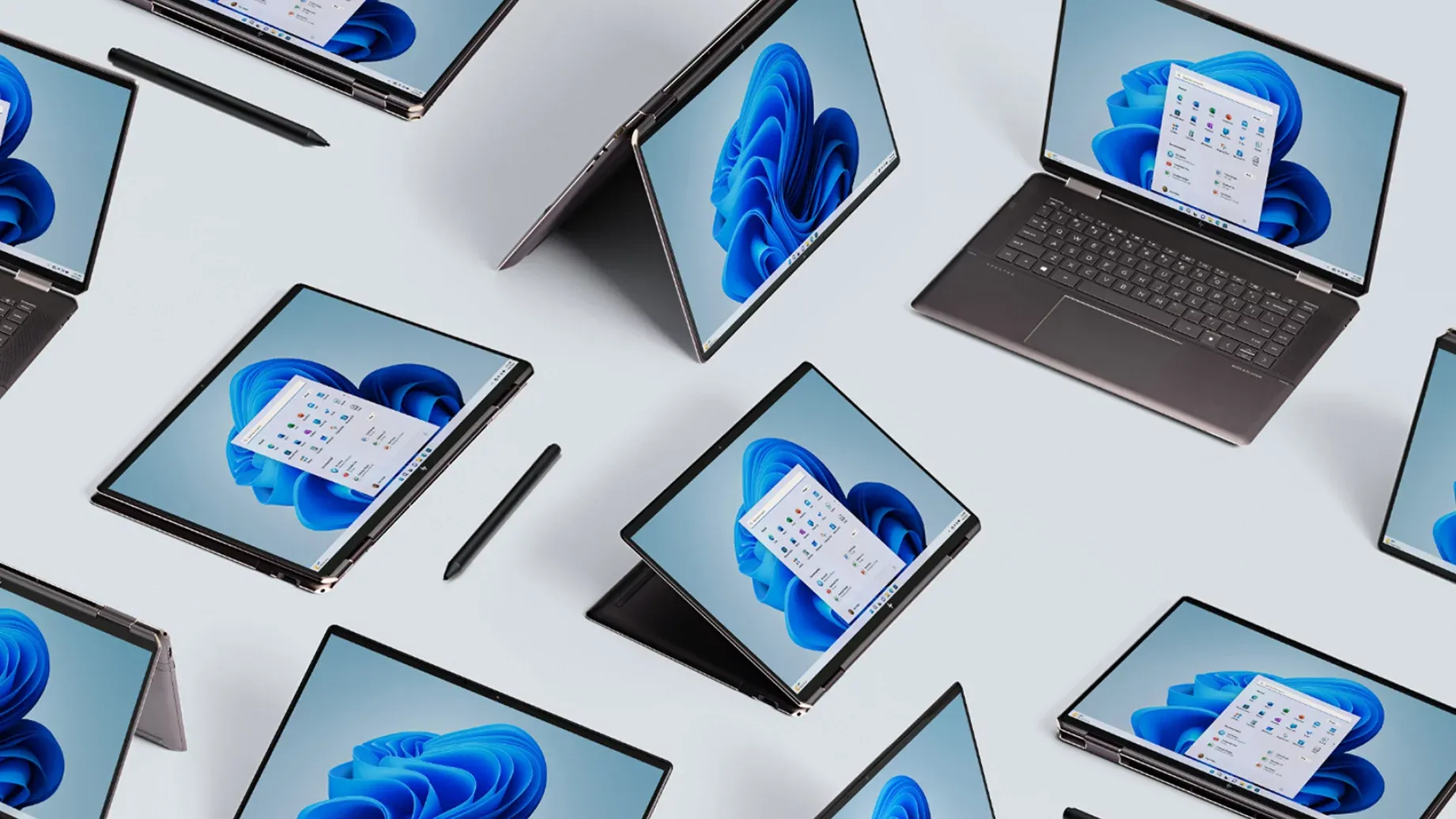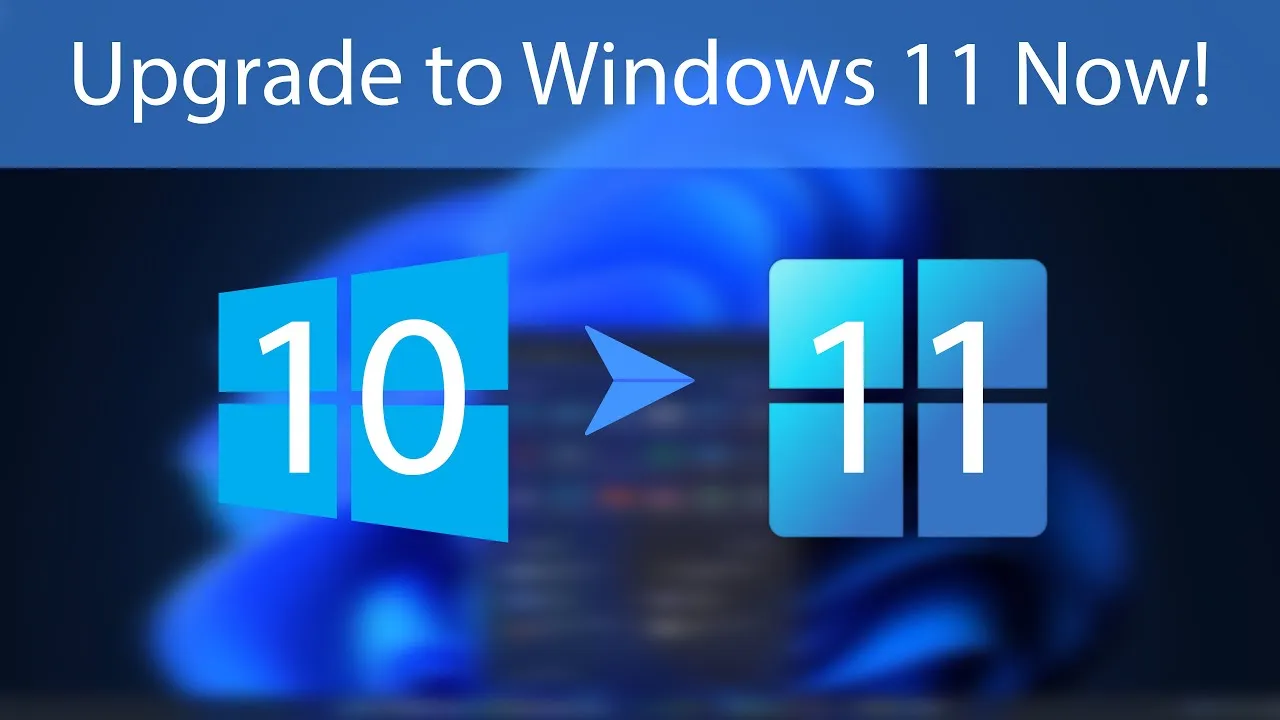Microsoft has officially confirmed the Windows 10 end of support date: October 14, 2025, will mark the final day the company provides updates, patches, or technical assistance for the operating system. This decision is definitive – Microsoft emphasized that there will be no extensions or exceptions. For millions of users and businesses worldwide, this is a critical deadline that signals the need to prepare for a major transition.
What “End of Support” Actually Means
The Windows 10 end of support means that the operating system will no longer be updated or protected by Microsoft. This includes not only security patches, which protect against newly discovered vulnerabilities, but also bug fixes, performance enhancements, and even technical support from Microsoft’s official channels. Your PC running Windows 10 will still function after October 2025, but it will operate in a potentially unsafe and increasingly obsolete environment. Microsoft likened the situation to leaving the front door of your house slightly ajar — intruders may not be inside yet, but they will eventually find their way in.

Why This Is a Security Risk for Users
The biggest concern following the end of support is cybersecurity. Unsupported systems are prime targets for hackers, malware developers, and ransomware campaigns. Without updates, any vulnerabilities discovered after October 14, 2025, will go unpatched. This leaves systems wide open to zero-day attacks, spyware infiltration, and data breaches. Antivirus software alone cannot compensate for a lack of OS-level security updates, especially when it comes to emerging threats that specifically exploit known flaws in Windows 10’s architecture.
Windows 10 Still Powers Over 240 Million Devices
Despite being launched back in 2015, Windows 10 remains one of the most widely used operating systems in the world. Current estimates indicate that there are still over 240 million active devices running Windows 10, spanning across individual users, educational institutions, government offices, and global enterprises. This vast number underscores the scale of the challenge: hundreds of millions of users will need to either upgrade to Windows 11 or consider other alternatives, such as purchasing new hardware or migrating to different platforms altogether.
Can Your PC Run Windows 11?
To prepare for the Windows 10 end of support, Microsoft recommends upgrading to Windows 11 but not every computer qualifies. One of the key obstacles to upgrading is hardware compatibility. Windows 11 has a notably stricter set of system requirements compared to its predecessor. These include TPM 2.0 support, UEFI firmware with Secure Boot, and modern processors — typically Intel 8th Gen or newer, or AMD Zen 2 and above. Many older machines will not qualify for the upgrade.

To help users evaluate compatibility, Microsoft provides the PC Health Check tool. You can access it by searching for “PC Health Check” in the Windows search bar. After installing and launching the app, click “Check now” to receive an instant assessment of your system’s eligibility for Windows 11. If your device is incompatible, your upgrade options may be limited to replacing hardware components or purchasing a new Windows 11-ready PC.
What Happens If You Keep Using Windows 10?
Technically, you can continue using Windows 10 after October 14, 2025. However, doing so is strongly discouraged, especially for users who access sensitive data, perform online transactions, or rely on cloud-based services. Without updates, your system becomes more vulnerable with each passing month. Over time, software developers will also begin phasing out support for Windows 10, leading to application incompatibility, outdated drivers, and potential issues with popular browsers like Chrome and Edge. In short, the longer you delay upgrading, the more friction you’ll encounter in daily usage.
Are Extended Security Updates (ESU) an Option?
Microsoft has not officially announced an Extended Security Updates (ESU) program for Windows 10, but based on previous practices — such as with Windows 7 — it’s possible that enterprise customers may gain access to paid updates beyond the cutoff date. However, these are typically available only through volume licensing agreements and are not offered to regular consumers. Even for businesses, relying on ESUs should be seen as a temporary workaround, not a long-term solution.
Implications for Businesses and Organizations
For enterprises, educational institutions, and public sector organizations, the upcoming Windows 10 deadline introduces a range of logistical and compliance challenges. IT teams must now:
- Audit existing hardware fleets to identify non-compliant systems
- Develop phased rollout plans for upgrades or replacements
- Ensure compatibility of custom software with Windows 11
- Train staff for UI/UX changes introduced in the new OS
From a legal standpoint, continuing to use unsupported systems may violate data protection regulations such as GDPR, HIPAA, or PCI-DSS, depending on the nature of your organization and the data you handle.
What to Do If You Can’t Upgrade to Windows 11
If your PC doesn’t meet the minimum requirements for Windows 11 and upgrading hardware is not viable, you have a few options. Some users are considering switching to alternative operating systems, such as Linux distributions like Ubuntu, which can breathe new life into older machines. However, this approach requires a learning curve and may limit access to certain Windows-only software. For most users, especially businesses, buying a new device that meets Windows 11’s requirements will be the most straightforward — albeit more expensive — solution.

Preparing for the Transition
Whether you’re a home user or an enterprise IT administrator, the key is to start planning now. Back up your data, review your current device’s specifications, run the PC Health Check tool, and make a roadmap for transitioning. If you’re considering purchasing new equipment, look for Microsoft-certified Windows 11 devices to ensure long-term support and better integration with the Microsoft ecosystem. Avoid waiting until the last minute, as supply chain delays or IT resource shortages may complicate large-scale migrations closer to the deadline.
Looking for a VPS That Supports Windows 10 or 11?
If you’re not ready to upgrade your local hardware or want to run Windows in the cloud, consider using a Virtual Private Server (VPS). A reliable provider like VPSWindows.com offers scalable VPS solutions that support Windows 10, Windows 11, and various other operating system versions. Whether you need a VPS for remote desktop access, software testing, trading, or secure browsing, VPSWindows.com delivers high-performance servers with flexible configurations. We provide VPS hosting in multiple countries, allowing you to choose your server location for lower latency and regional compliance. With full administrator access and 24/7 support, it’s an excellent solution for users and businesses preparing for the Windows 10 end of support.
Conclusion
The Windows 10 end of support on October 14, 2025, is a significant milestone in Microsoft’s software lifecycle. Microsoft’s decision to officially end support for Windows 10, marks a major turning point in the tech landscape. With over 240 million active users still on Windows 10, it is a pivotal moment for millions of users around the world. While your system won’t suddenly stop working after the deadline, it will become increasingly risky and outdated. Whether upgrading to Windows 11, transitioning to a new device, or exploring alternative systems, every user must take action. The earlier you begin the transition, the smoother and safer your experience will be.










